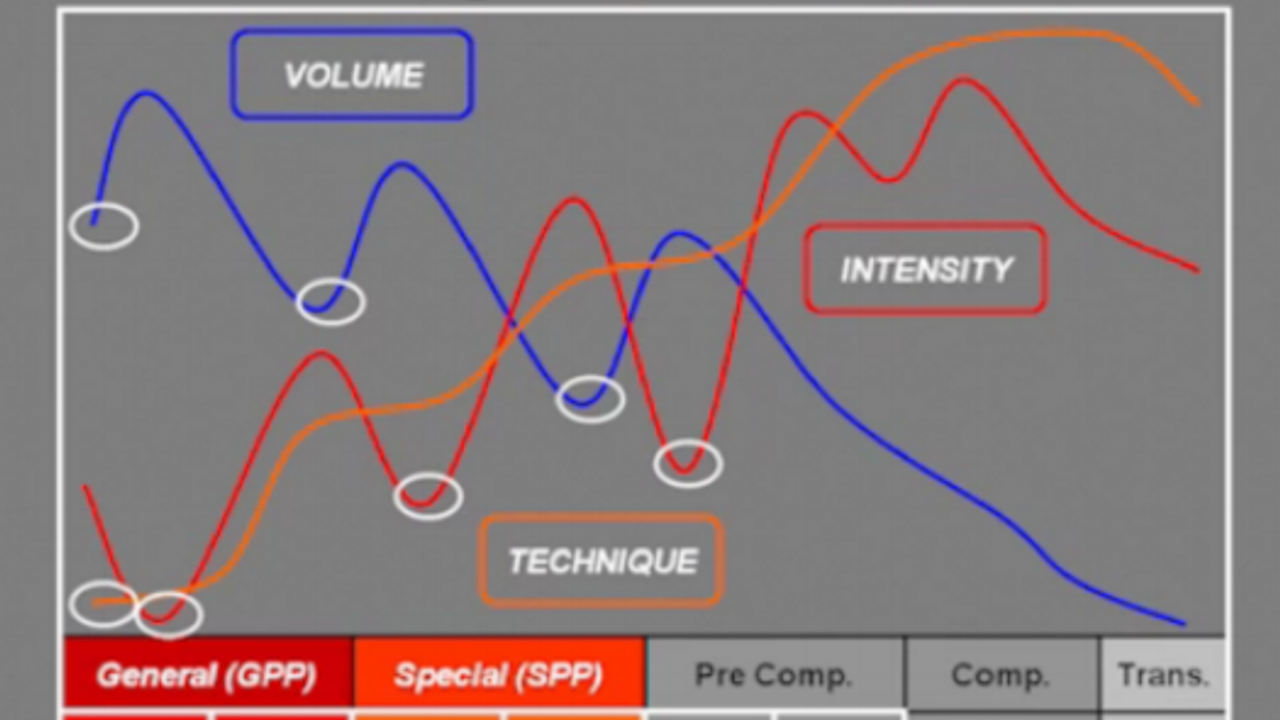
Unleashing the Power: A Comprehensive Guide to MMA Strength and Conditioning Periodization
Are you tired of random workouts with no clear purpose or direction? Are you looking to optimize your performance in mixed martial arts and achieve peak physical condition? Look no further! In this comprehensive guide, Phil Daru, an esteemed MMA strength and conditioning coach, will walk you through the process of periodization and how to structure an effective training program tailored to MMA.
Gone are the days of throwing exercises together without a plan. It's time to embrace the power of structured training and periodization, which involves dividing your training into specific phases to ensure progressive improvement and peak performance at the right time. Whether you have a set fight date or need to be ready for short notice fights, the strategies outlined in this article will help you excel in the cage.
I. Evaluating Circumstances: Setting the Foundation
When designing an MMA strength and conditioning program, it's crucial to consider the individual circumstances of each fighter. Factors such as training camp length, outside commitments, and career stage play a vital role in determining the appropriate programming approach. By understanding these circumstances, you can tailor the program to optimize performance and minimize the risk of injury.
II. Conjugate Method for Short Notice Fights
For fighters who need to be ready at all times, the Conjugate Method is an optimal choice. This method focuses on maintaining physical readiness throughout the year, ensuring the fighter is prepared for short notice fights. By incorporating maximal, submaximal, and explosive power days into the weekly training schedule, the body has the opportunity to adapt to various stimuli and maintain strength year-round.
III. Combat Block Periodization: Phasing for Fight Performance
One notable approach to MMA strength and conditioning is the Combat Block Periodization. This method involves taking blocks of training modalities that have the highest transferability to the sport and phasing them to lead into a fight performance peak. Each phase of training leads into the next, forming a process called phase potentiation. This enables the nervous and muscular systems to adapt to the demands of the subsequent phases.
IV. Phase One: Building a Solid Base
In Phase One of the Combat Block Periodization, the focus is on developing strength endurance, joint integrity, and overall balance in the body. This phase typically begins eight weeks out from a fight and involves exercises that enhance the ability to be strong in situations that carry over into the cage. The volume and intensity gradually increase, leading to a deload week where the body can heal and experience super-compensation.
V. Phase Two: Intensity and Sport-Specific Conditioning
As the fight approaches, Phase Two prioritizes high intensity while reducing volume. This phase aims to enhance explosive power, speed strength, and anaerobic conditioning. By incorporating contrast training, rate of force development exercises, and sport-specific conditioning circuits, fighters can further enhance their performance and improve their ability to withstand the demands of MMA bouts.
VI. Exercise Selection for Maximum Performance
The exercises chosen for an MMA strength and conditioning program should prioritize functionality and carry-over to the fight. Compound movements such as squats, deadlifts, presses, pulls, and weighted carries are highly beneficial. Unilateral exercises with a focus on core balance and stabilization are also crucial. This article provides a comprehensive list of exercises to enhance performance in mixed martial arts.
VII. Monitoring Fatigue and Adapting Training
Monitoring fatigue is essential in maintaining optimal performance and preventing overtraining. Coaches can utilize various tools such as heart rate variability, velocity-based testing, and resting heart rate calculations to assess potential risks. Additionally, communication with the athlete and observing their demeanor, motivation, coordination, and grip strength can provide valuable insights into their fatigue levels.
VIII. Embrace Structure for Success
In MMA, structure is key to achieving peak performance. By evaluating, identifying, indicating, formulating, and executing a well-structured program, fighters can enhance their performance in the cage. Take advantage of the resources provided by MMA strength and conditioning experts like Phil Daru to guide you on your journey to success.
Conclusion:
With the guidance of Phil Daru, an experienced MMA strength and conditioning coach, you can revolutionize your training approach. By embracing structured programming, block periodization, and exercise selection tailored to MMA, you'll experience significant improvements in your performance. Remember to monitor fatigue, adapt training based on individual circumstances, and maintain open communication with your coach. Start implementing these strategies today and witness the transformation of your MMA skills and physical capabilities!
🥊 Get Fight Strong with Our Comprehensive Training Plan! 🥊
Are you ready to take your strength and performance to the next level? Introducing our "Fight Strong Training Plan," designed by renowned MMA strength and conditioning coach, Phil Daru. This plan is your ticket to developing REAL strength that translates directly into the cage. Get ready to transform your body and unleash your full potential as a professional fighter!
Here's what the "Fight Strong Training Plan" includes:
1️⃣ Full Year of Strength Building Workouts: With this program, you'll have a complete year of meticulously designed workouts at your fingertips. Each phase is strategically crafted to help you progressively build strength and power, ensuring you're always one step ahead of your opponents.
2️⃣ Phil's Expert Breakdown: Coach Daru leaves no stone unturned. He breaks down each phase of the training plan, guiding you through the exercises, rep schemes, and rest periods. With his expert insights, you'll always be in the loop, understanding the purpose and benefits of each workout.
3️⃣ Video Tutorials and Guidance: As a bonus, you'll gain access to comprehensive video tutorials and guidance from Coach Daru himself. He takes you through each exercise, demonstrating proper form and technique, ensuring you get the most out of every rep.
4️⃣ Extensive Video Library: Say goodbye to confusion about exercise execution. Our program provides you with an extensive video library that covers every exercise used in the workouts. Access clear demonstrations whenever you need them, empowering you to train with confidence.
5️⃣ Transform Your Body: This isn't just another generic workout plan. The "Fight Strong Training Plan" is specifically designed to help you transform your body and get strong like a professional fighter. Build lean muscle, increase power, and enhance your overall physical capabilities.
Don't miss this opportunity to train like the pros and unlock your true potential in the cage. Take the first step toward becoming a stronger, more dominant fighter with our "Fight Strong Training Plan."





